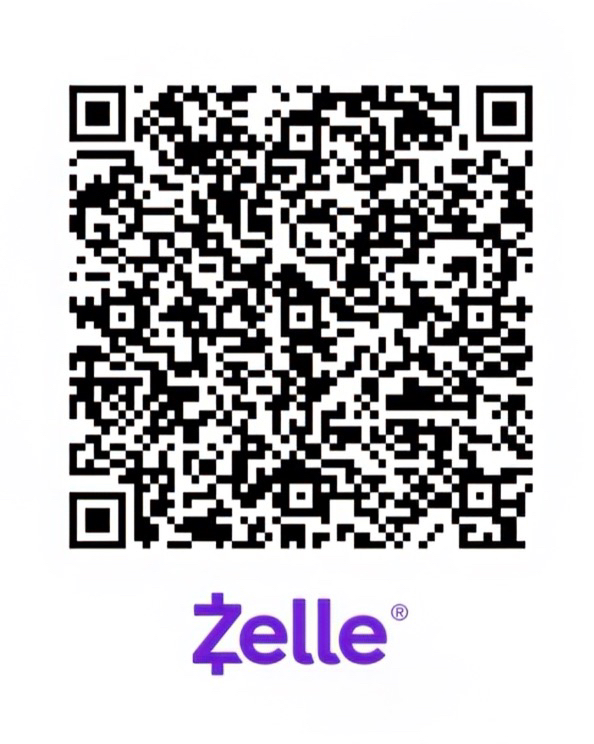Report a Bug
Thanks for your help!
Your feedback has been sent to our team.
- School of Engineering & Applied Science
- Electrical & Computer Engineering
-
ECE 4230
Optical and Quantum Electronics
Rating—
Difficulty—
GPA—
Last TaughtFall 2025
Quantum electronics, the study of light and matter interaction, has become the cornerstone in many areas of optical science and technology. This course reviews the principles of lasers then introduces the generalized nonlinear wave equations. This course will cover typical nonlinear effects and their applications in telecommunication, ultrafast laser, quantum computing/information and chemical/bio spectroscopy. Prerequisite: ECE 3209.
-
ECE 4265
Microwave Engineering Laboratory
Rating—
Difficulty—
GPA3.04
Last TaughtSpring 2026
Analyzes the measurement and behavior of high-frequency circuits and components; equivalent circuit models for lumped elements; measurement of standing waves, power, and frequency; use of vector network analyzers and spectrum analyzers; and computer-aided design, fabrication, and characterization of microstrip circuits. Corequisite: ECE 5260 or instructor permission.
-
ECE 4332
Introduction to VLSI Design
Rating3.78
Difficulty5.00
GPA3.44
Last TaughtSpring 2026
Digital CMOS circuit design and analysis: combinational circuits, sequential circuits, and memory. Second order circuit issues. Global design issues: clocking and interconnect. Use of Cadence CAD tools. Team design of a significant VLSI chip including layout and implementation. Prerequisites: ECE 2330 and (ECE 2660 or ECE 2600)
-
ECE 4380
AI Hardware
Rating—
Difficulty—
GPA—
Last TaughtFall 2025
This course explores the intricacies of AI hardware, including the current landscape and anticipating the necessary developments in response to AI's rapid growth and widespread integration across all computing tiers. Through this exploration, you will gain an understanding of both the existing technologies and the future challenges in AI hardware design and implementation. Prerequisites: ECE 2330 or CS 2130.
-
ECE 4430
Real-time Embedded Systems
Rating—
Difficulty—
GPA—
Last TaughtSpring 2026
This course explores advanced embedded systems topics such as design and validation of embedded computing systems, embedded C programming, real-time operating systems for microcontrollers, safety and security, cyber-physical systems, Internet of Things, and robotics. The course includes hands-on experience, paper presentations, and discussions. Prerequisite: ECE 3430
-
ECE 4434
Dependable Computing Systems
Rating—
Difficulty—
GPA—
Last TaughtFall 2024
Focuses on the techniques for designing and analyzing dependable computer-based systems. Topics include fault models and effects, fault avoidance techniques, hardware redundancy, error detecting and correcting codes, time redundancy, software redundancy, combinatorial reliability modeling, Markov reliability modeling, availability modeling, maintainability, safety modeling, trade-off analysis, design for testability, and the testing of redundant digital systems. Cross-listed as CS 4434. Prerequisite: ECE 3430 or CS 3330 and APMA 3100 or APMA 3110.
-
ECE 4435
Computer Architecture & Design
Rating3.58
Difficulty4.00
GPA3.19
Last TaughtSpring 2026
Introduces computer architecture and provides a foundation for the design of complex synchronous digital devices, focusing on: 1) Established approaches of computer architecture, 2) Techniques for managing complexity at the register transfer level, and 3) Tools for digital hardware description, simulation, and synthesis. Includes laboratory exercises. Prerequisites: ECE 2330 and CS 2130
-
ECE 4440
Computer Engineering Capstone
Rating4.50
Difficulty4.00
GPA3.68
Last TaughtSpring 2026
Design, analysis and testing of an embedded computer system to meet specific needs, considering public health, safety and welfare as well as societal impacts. Tradeoff analysis and constraint satisfaction facilitated by the use of appropriate engineering analysis techniques. Semester-long team project develops physical prototype. Counts as major design experience for ECE students. Prerequisites (ECE 3430 or ECE 3502 ECR II) AND (ECE 3750 or ECE 2700) AND 4th year standing
-
ECE 4457
Computer Networks
Rating3.63
Difficulty3.50
GPA3.22
Last TaughtSpring 2026
A first course in communication networks for upper-level undergraduate students. Topics include the design of modern communication networks; point-to-point and broadcast network solutions; advanced issues such as Gigabit networks; ATM networks; and real-time communications. Cross-listed as CS 4457. Prerequisite: CS 3330 or ECE 3430
-
ECE 4501
Special Topics in Electrical and Computer Engineering
Rating2.92
Difficulty3.00
GPA3.63
Last TaughtSpring 2026
A fourth-level undergraduate course covering a topic not normally covered in the course offerings. The topic usually reflects new developments in the electrical and computer engineering field. Offering is based on student and faculty interests.
Recently Viewed
No course sections viewed yet.

